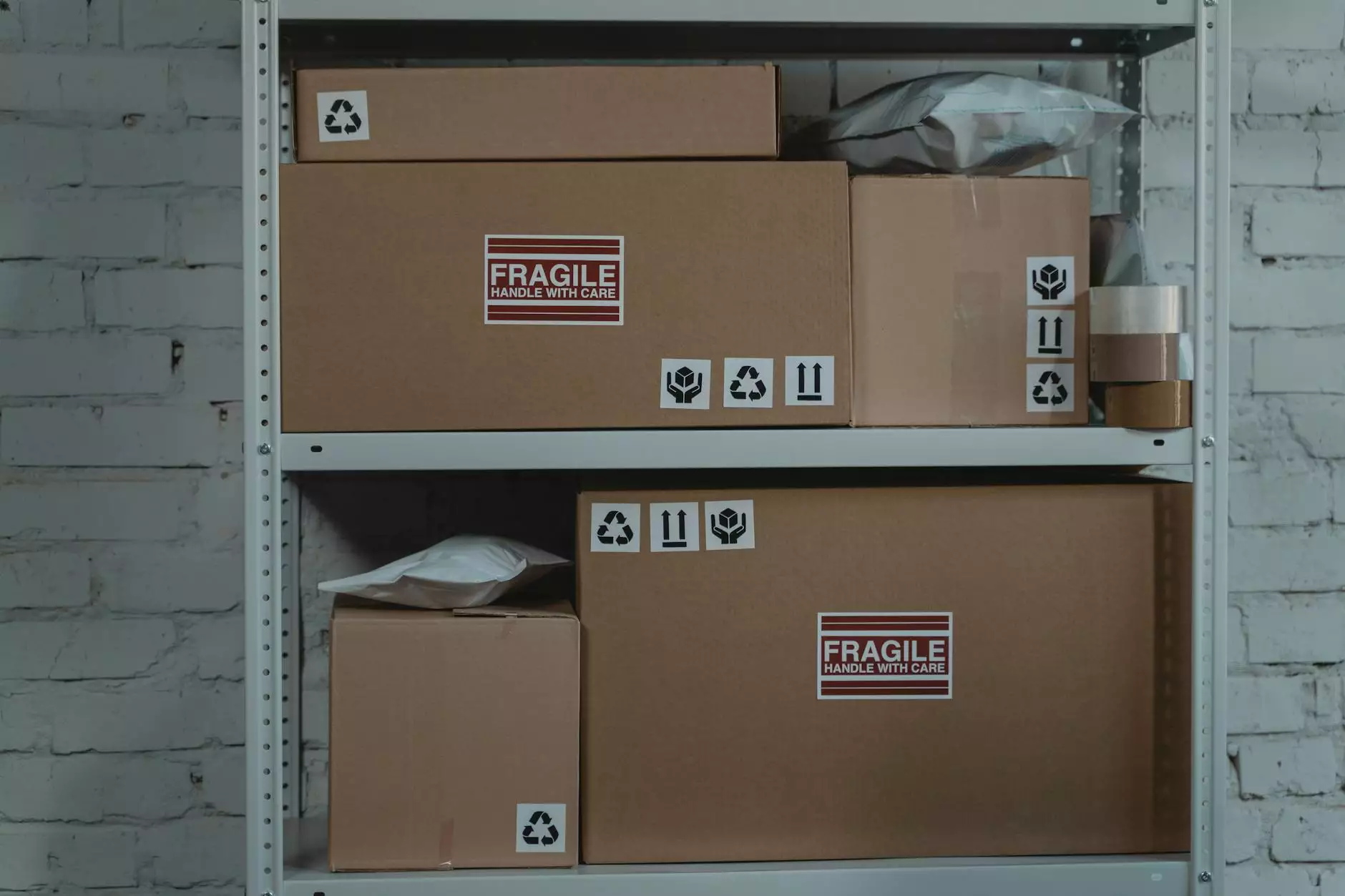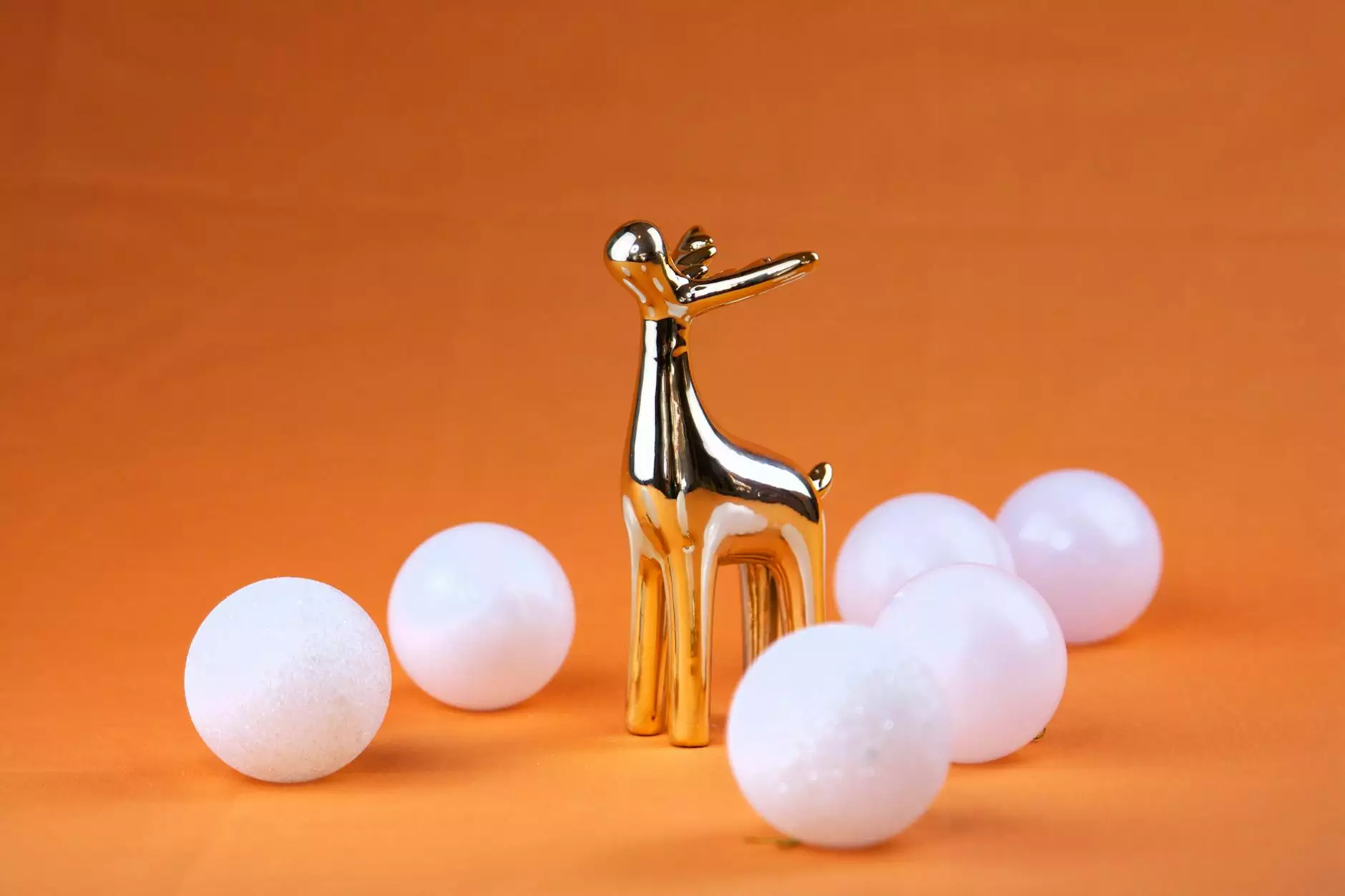The Evolution and Advantages of UV Inks in Modern Printing

In the realm of printing services, the choice of inks can significantly affect the quality and durability of the finished product. Among the various types of inks available, UV inks have emerged as a dynamic choice for businesses seeking innovative solutions. This article delves into the significance of UV inks, their properties, applications, and the transformative impact they have on the printing industry.
What Are UV Inks?
UV inks, or ultraviolet curing inks, are a type of ink that cures and dries when exposed to ultraviolet light. Unlike traditional inks that evaporate and dry through absorption, UV inks utilize a photochemical process where UV light triggers a reaction to convert the ink into a solid form. This process not only enhances the speed of production but also improves the overall quality of printed materials.
Benefits of UV Inks
The rising popularity of UV inks in printing services can be attributed to their numerous benefits:
- Immediate Drying: UV inks dry instantly upon exposure to UV light, eliminating the need for waiting periods and increasing production efficiency.
- Brighter Colors: The curing process allows for vibrant and rich colors that maintain their intensity over time, resulting in visually stunning prints.
- Durability: UV-cured prints exhibit exceptional resistance to scratching, smudging, and fading, making them ideal for high-quality output.
- Eco-Friendly: UV inks contain minimal volatile organic compounds (VOCs), contributing to a lower environmental impact compared to traditional solvent-based inks.
- Versatility: These inks can be utilized on a wide range of substrates, including plastics, metals, glass, and textiles, expanding the creative possibilities for designers and printers.
Applications of UV Inks in Printing
UV inks are used in various printing applications, providing businesses with the opportunity to deliver unique products that meet the demands of their customers:
1. Commercial Printing
In commercial printing, UV inks are ideal for producing high-quality brochures, catalogs, and flyers. Their vibrant colors and quick drying times enable printers to offer superior products with shorter turnaround times.
2. Packaging
Packaging is another area where UV inks shine. Whether used for labels, cartons, or flexible packaging, UV inks offer durability and resistance to environmental factors, ensuring that packaging maintains its appeal throughout its lifecycle.
3. Specialty Printing
Specialty printing, including promotional items and signs, benefits significantly from UV inks. The capability to print on diverse materials allows businesses to create unique and tailored products that capture the attention of potential customers.
4. Textiles
The textile industry has embraced UV inks for fabric printing, allowing for detailed designs and vibrant colors that are long-lasting and washable. This innovation has paved the way for personalized textiles and unique fashion statements.
5. Industrial Applications
In industrial settings, UV inks are used for coding and marking on products, ensuring that important information such as barcodes, expiration dates, and logos are printed with clarity and durability.
Comparing UV Inks to Traditional Inks
When considering the best ink for a specific project, it is essential to compare UV inks with traditional inks. Here are some key differences:
AspectUV InksTraditional InksDrying TimeInstant drying via UV lightEvaporative drying; longer wait timesColor VibrancyHigh color saturation and brightnessMay fade over time; less vibrantDurabilityHighly resistant to scratching and fadingLess durable; may smudge or wear offEnvironmental ImpactLower VOCs, more eco-friendlyHigher VOC content, more pollutantsSubstrate CompatibilityWide range of surfacesLimited to specific materialsHow UV Inks Work
The functionality of UV inks can be broken down into several key components:
1. Composition of UV Inks
UV inks typically include pigments, photo-initiators, and raw materials that react to UV light. The pigments provide the ink with color, while the photo-initiators are critical in the curing process, initiating the chemical reaction when exposed to UV radiation.
2. Curing Process
When printed items are exposed to UV light, the ink undergoes a photopolymerization process, transforming from a liquid state to a solid state. This instant curing allows for quick handling and finishing of printed products, optimizing production lines.
Investing in UV Printing Technology
For businesses in the printing industry, investing in UV inks and the accompanying technology can lead to significant advantages:
- Increased Efficiency: With faster drying times, businesses can handle multiple projects simultaneously, maximizing productivity and profitability.
- Expanded Market Reach: The versatility of UV inks allows printers to explore new markets and applications, catering to diverse customer needs.
- Cost-Effectiveness: Although the initial investment in UV printing technology might be higher, the long-term savings in time and resources make it a worthwhile endeavor.
Future Trends in UV Inks
The future of UV inks looks promising, with continuous advancements in technology and materials. Here are some trends to watch for:
1. Eco-Friendly Developments
With a growing emphasis on sustainability, manufacturers are exploring bio-based raw materials for UV inks, aiming to create eco-friendlier options that perform well without compromising on quality.
2. Enhanced Surface Applications
Research is being conducted to improve the adhesion of UV inks on challenging substrates, making it easier to print on previously unsuitable materials.
3. Customized Inks
As industries strive for unique branding, the demand for customized UV inks tailored for specific applications is expected to increase, allowing for even greater creativity in product design.
Conclusion: Emphasizing Quality with UV Inks
As a business in the printing services sector, adopting UV inks presents an opportunity to enhance product quality and efficiency while appealing to environmentally-conscious clients. By understanding the advantages, applications, and future trends associated with UV inks, companies can position themselves ahead of the competition and cater to the evolving needs of their customers. Embrace the advantages of UV inks today and redefine your printing capabilities for tomorrow.









